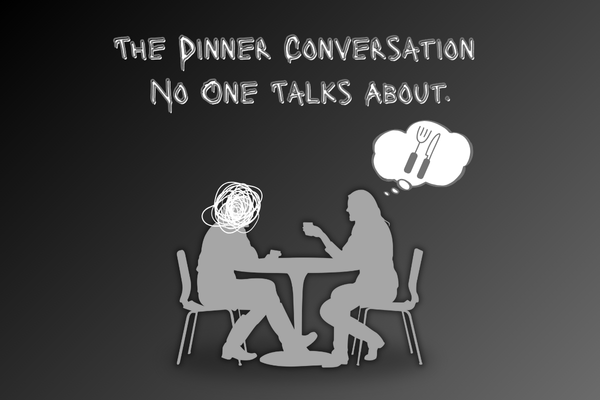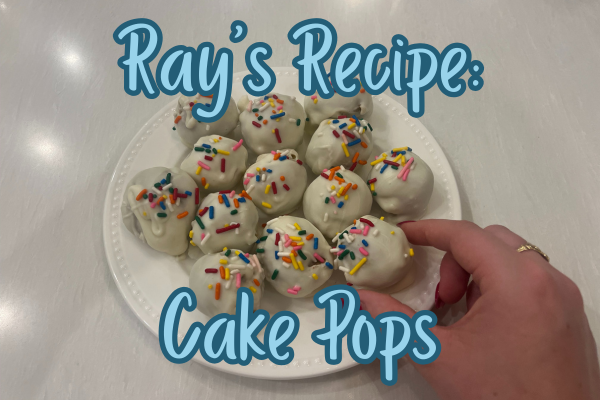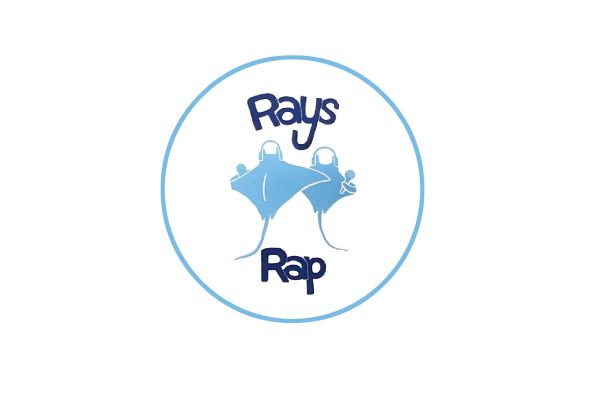It can be a wonderful feeling when one sees pieces of themselves in a character on screen. Based on the personality, origin, and characteristics of characters, watchers can find themselves connecting or relating to a show or film. Diversity is an important concept to consider when writing or animating a show. There are numerous ways screenwriters and showrunners can easily add diversity into a project, allowing for proper representation of different cultures, experiences, and perspectives.
Diversity can be important to viewers who rarely see characters similar to themselves on the big screen. The live-action adaptation of The Little Mermaid serves as a prime example of this experience. When the trailer for the film starring Halle Bailey was initially released, many videos were posted on social media platforms of viewers reacting. For example, there were TikToks of young girls jumping in glee, saying “Ariel looks just like me!” Young girls looked up to this well-known pretty princess and saw themselves as Ariel in real life. This highlights the importance of diverse representation in film and television.
During the 1970s, television began to reflect a wider range of ethnic backgrounds among its characters, expanding dramatically by the 2010s. Notably, Good Times, which premiered in 1974 and ran for six seasons, made television history as the first sitcom to center on an African American family. This groundbreaking show provided a new level of representation, resonating deeply with viewers who saw their own lives and experiences mirrored in the characters’ stories.
Another television show, The Jeffersons, aired in 1975. The Jeffersons ran for 11 seasons, containing a total of 253 episodes, making it one of the longest-running sitcoms in history. The show focused on a black family that moved from Queens to Manhattan due to the sudden booming success in the husband’s business. It depicted many relatable struggles among fans, such as the family’s struggle with adversity in their new environment.
Television shows including Steven Universe, Never Have I Ever, and Turning Red clearly display representation and the impact of diversity on the audience. Steven Universe was a television show that aired on Cartoon Network. It primarily focused on the main character, Steven, who was half-Gem and half-human trying to hone his powers gotten from his gem side with help from three magical alien beings named Garnet, Pearl, and Amethyst, who call themselves the Crystal Gems. The show changed TV and animation with its representation of LGBT+, multitude of characters, and compelling visuals.
Never Have I Ever is a show about a first-generation Indian-American girl who tries to move on with her life after a traumatic experience. Turning Red focuses on a Chinese-American girl who endures physical and emotional changes. The show is shown to connect with many Asian-Americans that have immigrant parents on a personal level.
Diverse representation in film and television is not just about inclusion; it’s about empowerment and validation. When people see characters that reflect their own identities and experiences, it fosters a sense of belonging and pride. As the entertainment industry continues to evolve, it’s crucial for creators to recognize the importance of diversity and strive to tell stories that resonate with all audiences.





















